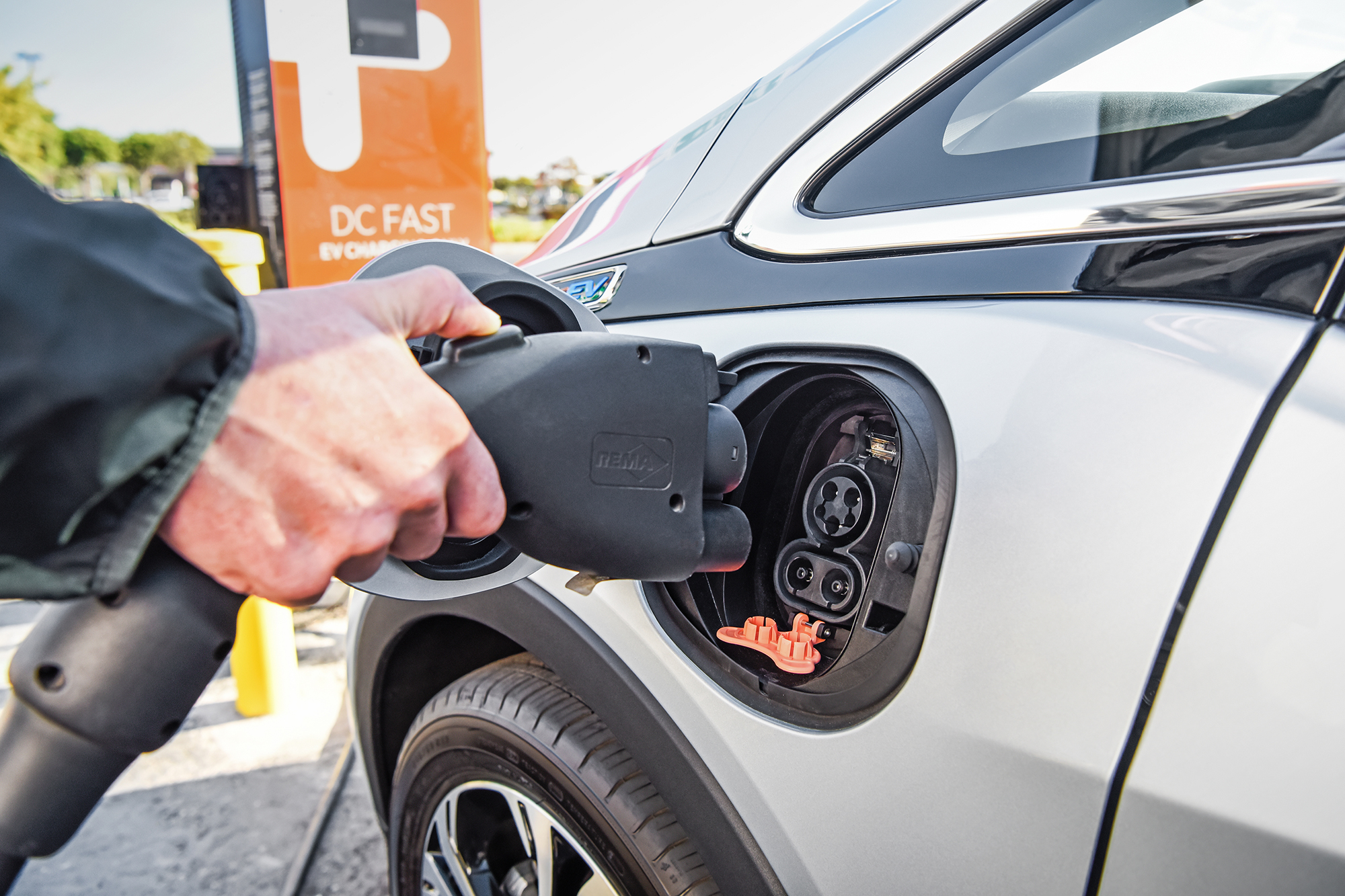
There’s a little-known, relatively rare and incredibly expensive item that goes into the lithium-ion batteries that power everything from your smartphone to electric cars. Now, the Energy Department is trying to minimize the need for cobalt—and Tesla might have an answer.
DOE announced it’s making up to $68.5 million available for research into advanced vehicle technologies, with up to $27 million for batteries and electrification. One goal is to develop low-cobalt cathode materials for the next generation of electric cars. DOE said the Army will provide $1.8 million in support for these projects, noting that “cobalt is a costly critical material with supply constraints.”
On April 30, 2012, cobalt traded on the London Metal Exchange at $30,350 per ton. By April 30, 2018, it was $88,250 per ton—and that’s down from the five-year high it hit in March: $95,000 per ton.
Alan Shedd, Touchstone Energy® Cooperatives’ director, energy solutions, said that while cobalt is an important factor, there are other things to consider.
“There is a lot more that goes into a battery and its usefulness than what the cathode is made of,” said Shedd. “At present, we aren’t in need of a breakthrough to make 300- or 400-mile range cars—it’s economics. Maybe low-cobalt cathodes will reduce the price, but what else is needed?”
And, he noted that “manufacturers are putting lots of money in to building conventional lithium-ion batteries. Can they transition?”
Tesla might be on the way. The company announced May 2 that cells used in its Model 3 are “the highest energy density cells used in any electric vehicle.
“We have achieved this by significantly reducing cobalt content per battery pack while increasing nickel content and still maintaining superior thermal stability.”
Tesla CEO Elon Musk said he believes “we can get the cobalt to almost nothing.”
The Energy Department’s funding announcement also includes “technologies to enable simultaneous charging of multiple plug-in electric vehicles quickly and at very high ‘extreme’ power levels.”
Shedd said “extreme” is relative.
“The problem may have more to do with how we deliver power through the grid to the point of use than the device that connects to the vehicle,” he said. “If you want to recharge the Tesla semitrucks as Tesla proposes, you may want to think about putting the freight depot next to a power plant or 500 kV transmission line.”
Other electric vehicle stories you may be interested in:
- Electric Vehicles Coming at You in the Fast Lane
- Two Electric Cars, Four Chargers and Big Plans
- Take Our Electric Car, Please
Michael W. Kahn is a staff writer at NRECA.